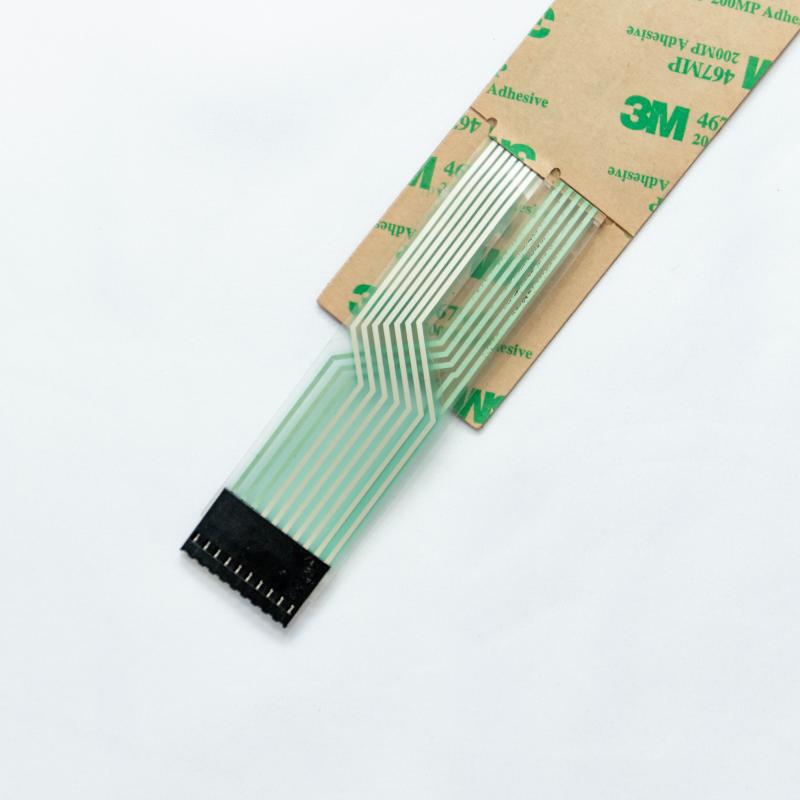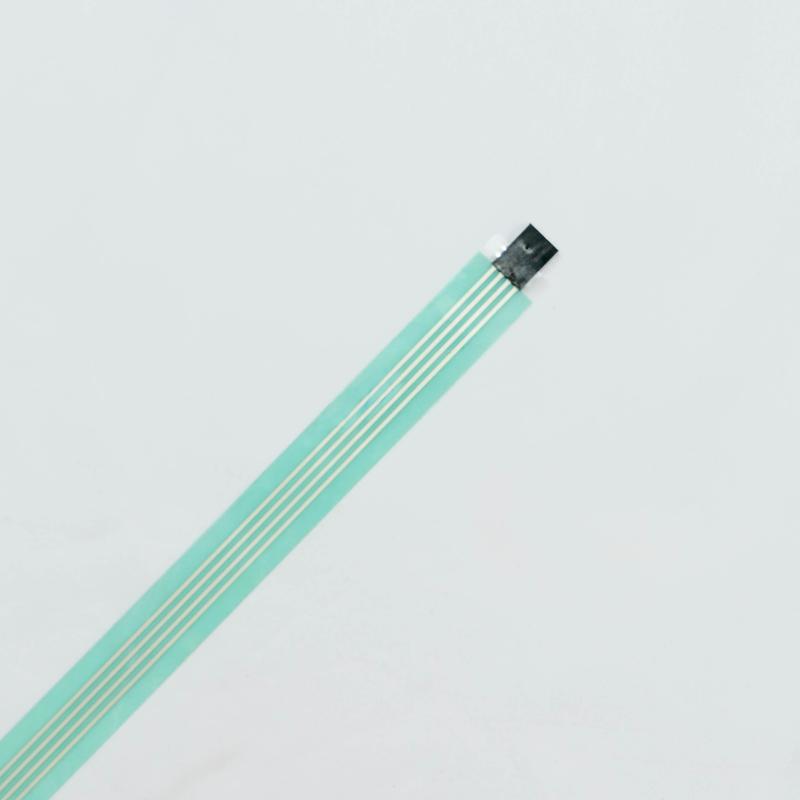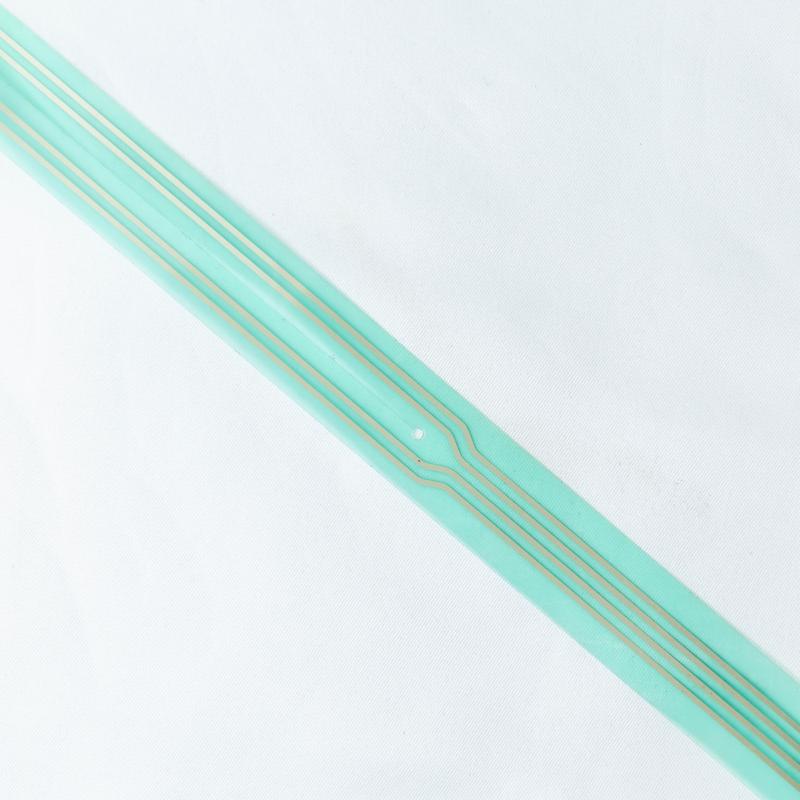Contact
Write to Us And We Would Be Happy to Advise You.
Do you have any questions, or would you like to speak directly with a representative?
By hqt
Conductive ink is a type of ink that contains conductive particles, such as silver or copper, which allow it to conduct electricity. Conductive ink is widely used in various applications, including membrane switches. In this article, we will explore the role of conductive ink in membrane switches and its advantages and disadvantages.



A membrane switch is a type of electrical switch that is made up of several layers, including a flexible printed circuit, graphic overlay, and adhesive spacer. When the switch is activated, the circuit is completed, and the desired action is triggered. Membrane switches are popular because they are durable, cost-effective, and easy to customize.
Conductive ink is used in membrane switches to create the conductive paths that allow the switch to function. The conductive ink is applied to the flexible printed circuit, which is the layer that contains the circuitry for the switch. The ink is used to create the paths that allow the switch to function and to connect the circuit to other components in the device.
There are two main types of conductive ink used in membrane switches: silver conductive ink and carbon conductive ink. Silver conductive ink is more conductive than carbon conductive ink but is also more expensive. Carbon conductive ink is less expensive but less conductive than silver conductive ink. The choice of ink depends on the specific requirements of the switch and the application.
There are several advantages to using conductive ink for membrane switches, including:
Customization:
Conductive ink allows for the customization of the switch’s circuitry. This means that the switch can be designed to meet the specific requirements of the application.
Cost-Effective:
Conductive ink is a cost-effective way to create the conductive paths in a membrane switch. This makes it an ideal choice for applications where cost is a concern.
Flexibility:
Conductive ink can be applied to a wide range of substrates, including flexible substrates such as plastic. This makes it ideal for use in flexible devices such as membrane switches.
There are also some disadvantages to using conductive ink for membrane switches, including:
Durability:
Conductive ink can wear off over time, which can affect the durability of the switch. This can be a concern in applications where the switch is subject to heavy use.
Resistance:
Conductive ink can have a higher resistance than other types of conductive materials, such as copper or silver wire. This can affect the performance of the switch, especially in high-current applications.
Environmental Factors:
The performance of conductive ink can be affected by environmental factors such as temperature and humidity. This can be a concern in applications where the switch is subject to harsh environments.
In conclusion, conductive ink plays a crucial role in membrane switches by creating the conductive paths that allow the switch to function. While conductive ink offers several advantages, including customization, cost-effectiveness, and flexibility, there are also some disadvantages, such as durability, resistance, and environmental factors. The choice of ink depends on the specific requirements of the switch and the application.
If you are interested in learning more about membrane switches and their applications, be sure to check out our website for more information.
Do you have any questions, or would you like to speak directly with a representative?